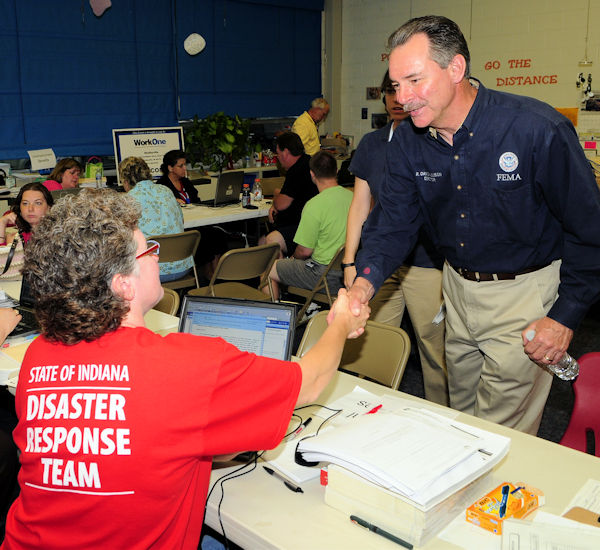Preparedness
Crises can affect every student and staff member in a school facility. Despite the fact of everyone's efforts at crisis prevention, they still will happen. However, good planning will facilitate a rapid, coordinated, and effective response when the crisis occurs. Being well-prepared does require an investment of time and resources, but the chance to reduce injury and save lives outweighs the negatives.

The EPA considers it to be impractical for schools to work individually with emergency responders and other local agencies. It is necessary to find the right balance and to assign district and school roles early.
Action Steps
Set a realistic timetable for the preparation process. You will not be able to create a comprehensive crisis plan overnight. Make sure to take the time to collect essential information, develop the plan, and involve the appropriate people.
You should also start by identifying who should be involved in developing the crisis plan. Delegating responsibilities and putting the process down in manageable steps will help planners develop the plan.
The next few tabs will take a look at a few other steps to take when creating a crisis plan.
Knowledge Check Choose the best answer for the question.
3-1. What is the EPA's position regarding schools working individually with emergency responders and other local agencies?
You forgot to answer the question!
